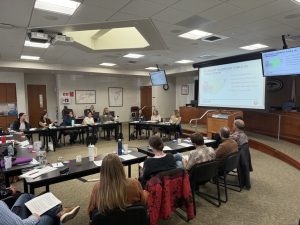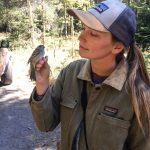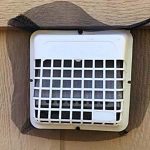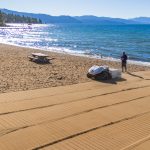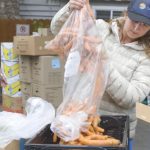Going Deeper for Tahoe: Clean up the Lake completes Tahoe Deep Dive Pilot Project
LAKE TAHOE, Calif./Nev. — Clean Up The Lake (CUTL) has completed its Tahoe Deep Dive Pilot Project, an ambitious research and cleanup effort exploring litter accumulation and aquatic health between 35 and 55 feet beneath the surface of Lake Tahoe. Using Diver Propulsion Vehicles (DPVs) and Nitrox, the team tested advanced deep-water methods to increase diver efficiency and safety while gathering critical data to guide future large-scale underwater cleanup operations.
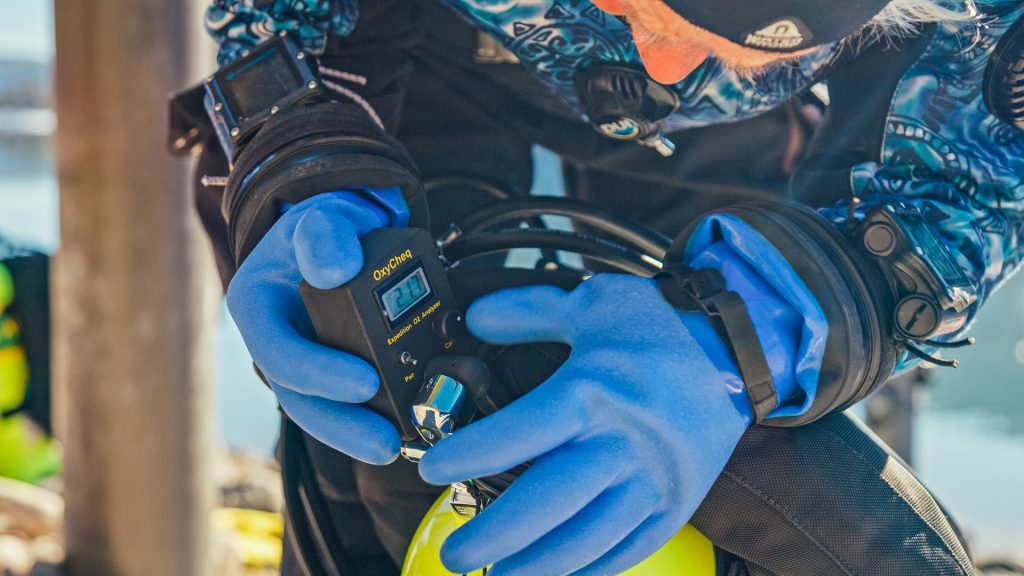
THE STATISTICS
From February through July 2025, CUTL conducted 14 cleanup days totaling 29 dives, engaging 26 unique volunteers who filled 80 volunteer positions and contributed 480 hours both underwater and onshore. The team removed 1,933 pounds of litter, consisting of 1,042 individual items, from 6.1 miles of lakebed and 4.75 miles of Placer County shoreline. Commonly recovered materials included 248 glass bottles, 21 anchors, and a range of metal, plastic, and recreational debris.
Preliminary data analysis suggests that if debris concentrations found in this pilot area are consistent around Lake Tahoe, there could be more than 29,000 pounds of litter and 17,000 items remaining at similar depths across the lake. These estimates indicate that deep-water litter totals could surpass the findings from CUTL’s historic 72-mile cleanup in 2021, which focused on depths between 0 and 25 feet. Divers also reported no new aquatic invasive species (AIS) beyond known existing populations such as crayfish and asian clams.
“This project helped us understand what lies unseen in Tahoe’s deeper waters and how to approach those depths safely and efficiently,” said Jenny Uvira, Programs Manager for Clean Up The Lake. “Our findings not only advance scientific understanding of underwater litter patterns but also guide how we educate and engage the next generation of lake stewards.”
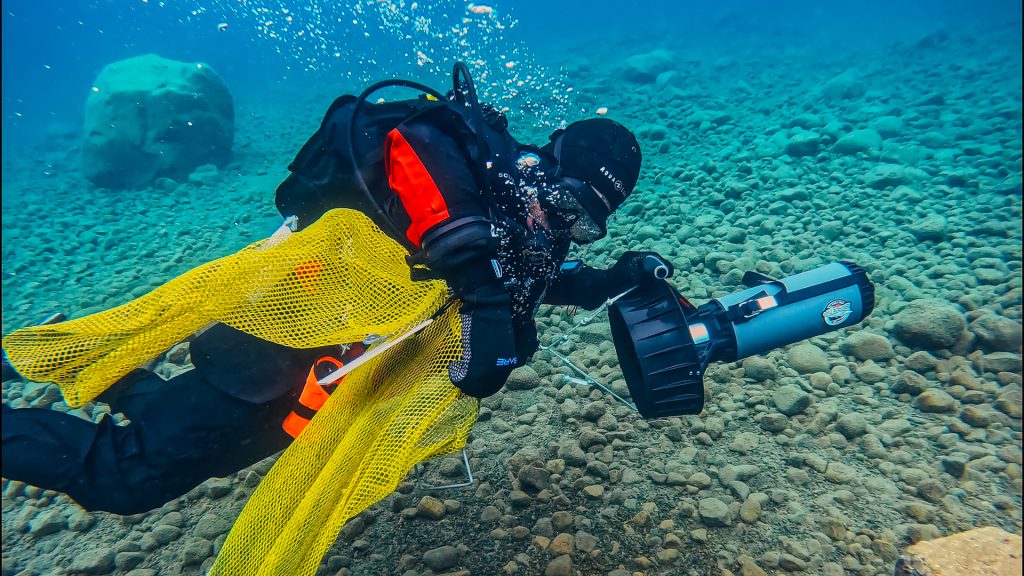
YOUTH IMPACTED BY THIS PROJECT
The pilot also expanded CUTL’s Litter Education and Awareness Program (LEAP) throughout Placer County schools and youth groups. Through this initiative, CUTL set a target to reach 250 students under the grant and surpassed that by working with 657 Placer County students over the course of this project. Each student participated in lessons on either submerged litter and aquatic invasive species, including some who finished a creative art installation titled “Trashcade” — a sculpture made entirely of litter collected by CUTL divers that has been on public display at the Gatekeepers Museum in Tahoe City. Support from the North Tahoe Community Alliance (NTCA) and Tourism Business Improvement District (TBID) dollars built the partnerships and outreach infrastructure needed to deliver LEAP efficiently at scale. The relationships and outreach plans created for this work in Placer County had opportunities that extended into Washoe, Douglas, and Nevada counties. Thanks to the economies of scale created through the grant from NTCA, and additional funding from the Pay It Forward Project, these expanded efforts helped reach more than 1,000 additional students outside Placer County but still in the Truckee-Tahoe area. In total, 1,693 students participated in CUTL’s LEAP program by the end of Q2 2025.
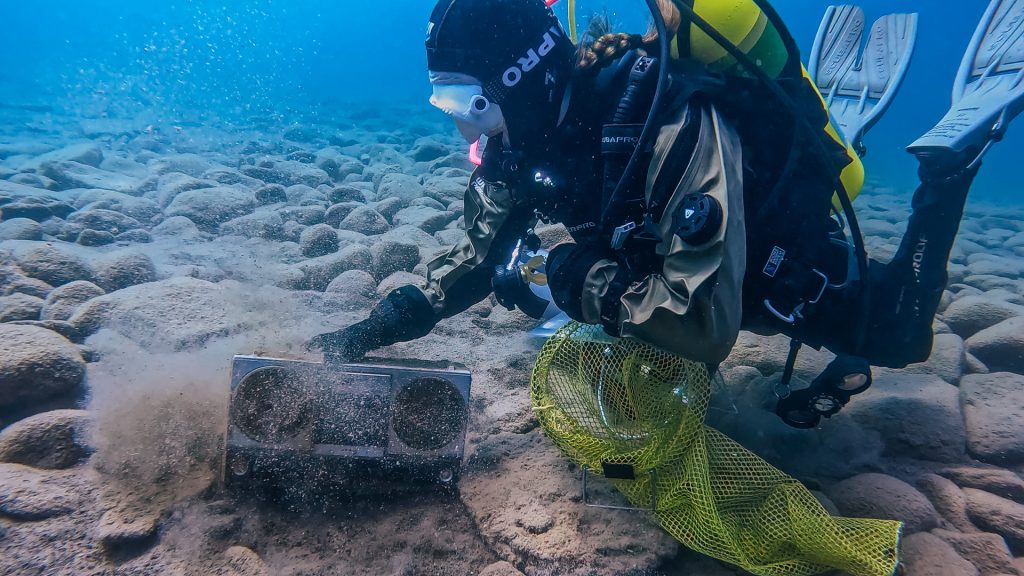
PROJECT REPORT AVAILABLE NOW
Please feel free to check out the attached project report that summarizes our data and findings from the pilot research performed on this project. The report looks deeper into the findings with regard to litter, AIS surveillance, overall project results, and what we need to do as a community to take next steps to protect the deeper depths of Lake Tahoe.
PLEASE CLICK HERE TO VIEW PROJECT REPORT.

Support Local Journalism

Support Local Journalism
Readers around the Lake Tahoe Basin and beyond make the Tahoe Tribune's work possible. Your financial contribution supports our efforts to deliver quality, locally relevant journalism.
Now more than ever, your support is critical to help us keep our community informed about the evolving coronavirus pandemic and the impact it is having locally. Every contribution, however large or small, will make a difference.
Your donation will help us continue to cover COVID-19 and our other vital local news.

